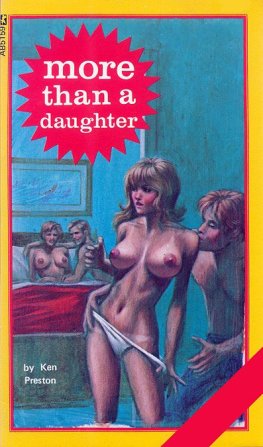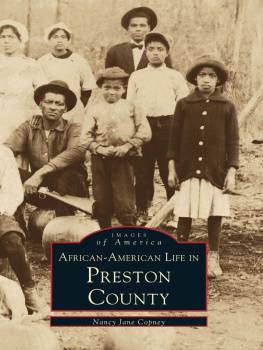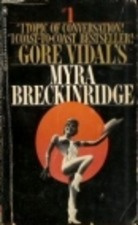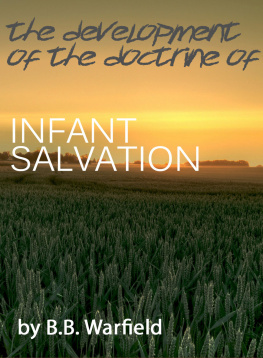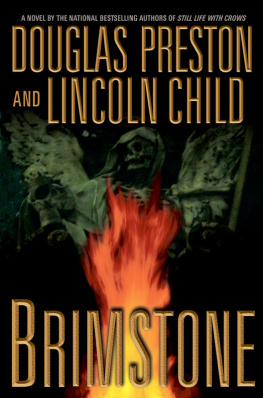Original edition copyright 1921, by Harper & Brothers.
Published 2001 by Transaction Publishers
Published 2017 by Routledge
2 Park Square, Milton Park, Abingdon, Oxon 0X14 4RN
711 Third Avenue, New York, NY 10017, USA
Routledge is an imprint of the Taylor & Francis Group, an informa business
New material this edition copyright 2001 by Taylor & Francis
All rights reserved. No part of this book may be reprinted or reproduced or utilised in any form or by any electronic, mechanical, or other means, now known or hereafter invented, including photocopying and recording, or in any information storage or retrieval system, without permission in writing from the publishers.
Notice:
Product or corporate names may be trademarks or registered trademarks, and are used only for identification and explanation without intent to infringe.
Library of Congress Catalog Number: 99-051436
Library of Congress Cataloging-in-Publication Data
Breckinridge, Sophonisba Preston, 1866-1948.
New Homes for old / by Sophonisba P. Breckinridge; with a new introduction by Steven J. Diner,
p. cm.
Originally published: New York : Harper Brothers, 1921. With new introd., in series:
Americanization studies.
Includes bibliographical references and index.
ISBN 0-7658-0607-X (alk. paper)
1. ImmigrantsUnited States 2. Americanization. I. Title.
JV6455.B84 2000
305.90691dc21 99-051436
CIP
ISBN 13: 978-0-7658-0607-9 (pbk)
IN 1917, just as the United States entered World War I, the Carnegie Corporation of New York launched an elaborate project to examine the most effective methods of Americanizing the unprecedented numbers of immigrants who had come since the end of the last century. The projects director, setdement house leader and civic activist Allen Bums, commissioned ten leading social workers, academicians, and reformers to study such subjects as immigrants in industry, agriculture, the schools and the courts, immigrant institutions, and the foreign language press. Recognizing the crucial roles played by immigrant womenchild rearing, managing family budgets, and such seemingly mundane tasks as cooking, shopping, and cleaningBurns asked Sophonisba R Breckinridge of Chicago to examine immigrant homes and family life. A leading scholar of the social conditions of working class people in Americas cities, a resident of Jane Addamss Hull House, and a faculty member at Chicagos social work training school, Breckinridge prepared a pioneering study addressing issues barely examined before, and, in some respects, since.
The immigrant tide had sparked a vigorous debate about these foreigners impact on the nation. Some feared that the newest arrivals, a majority of whom came from places like Italy, Greece, Russia, the Austro-Hungarian Empire, and other parts of Southern and Eastern Europe, brought with them such strange languages, religious practices, and values that they could never be assimilated. These nativists demanded immigration restriction. Others insisted that the newcomers from backwards civilizations, ignorant of modern science and unequipped for life in great cities and industrial towns, needed the help and protection of established citizens and of the government to become productive Americans. The outbreak of war in Europe in 1914 heightened concerns, as immigrants expressed loyalties to one side or the other, depending upon the interests of their country of origin or their nationality. When Congress declared war on April 6, 1917, the urgency of Americanization increased. The nation could ill afford divided loyalties at a time of national crisis, agreed the countrys leaders; and national mobilization could be hindered by the foreigners inefficiencies.
With these concerns paramount, Henry S. Pritchett, president of the Carnegie Fund for the Advancement of Teaching and Charles L. Taylor, president of the Carnegie Hero Fund Commission, both members of the Carnegie Corporations board, approached Allen Bums in October, 1917 about undertaking a year-long study of the various agencies, including setdements, in their relation to the work of Americanization. Burns readily accepted, and prepared a preliminary project outline. Carnegies board placed the project under the supervision of a committee consisting of Pritchett, Taylor, John Glenn, president of the Russell Sage Foundation, John Graham Brooks, a prominent lecturer and writer on social issues, and former President Theodore Roosevelt, who agreed to have his name listed but played no real role. John Voll, president of the Glass Bottle Blowers Association, joined the group in the fall of 1918.
Burns, a leading social worker and social researcher, had long been interested in immigrants and urban social problems. He also had close ties to Breckinridge. A native of Haverville, Massachusetts, Burns earned an undergraduate degree at the University of Chicago and studied sociology in the Universitys reform-oriented Divinity School, gaining ordination as a Baptist minister in 1903. Burns went to work as a resident of Chicagos Northwestern University Settlement and then of Chicago Commons, both located in heavily immigrant neighborhoods, while Breckinridge was developing close ties with Jane Addams at Hull House. In these same years, Breckinridge also studied at the University of Chicago and lived at Hull House. In 1908, Burns became the first dean of Chicagos newly established school for social workers, where Breckinridge taught and helped direct the research department. Burns left Chicago the next year to become Executive Secretary of the Pittsburgh Civics Commission, and in 1914 took the position of Survey Director of the Cleveland Foundation. In these various positions, he participated in research projects onjuvenile delinquency, park development, public schools, recreation, relief agencies and government efficiency.
Burnss plan for the project mirrored his background in the settlement house movement, with its passion for the collection of social data as a tool of social reform. Like many social workers and progressive reformers, Burns expressed respect for immigrant cultures and a desire to use indigenous immigrant institutions as a vehicle for Americanization. He objected to coercing immigrants to reject their traditional cultures, but he believed that immigrants had to, and would inevitably, embrace American ways. A kinder and gentler Americanization than that advocated by many, it was Americanization nonetheless.
The official project name, Study of Methods of Americanization, highlighted its activist and policy-oriented purpose. The project method, Burns wrote, would be comparative and constructive. It sought to learn what methods in each of the fields are being most effective in the welding process. Researchers would select typical communities in different parts of the country which illustrate various policies or methods for each division of the inquiry, yielding facts and statistics which will indicate the effectiveness of the different methods in use. Burns selected ten agencies and processes for detailed study:




